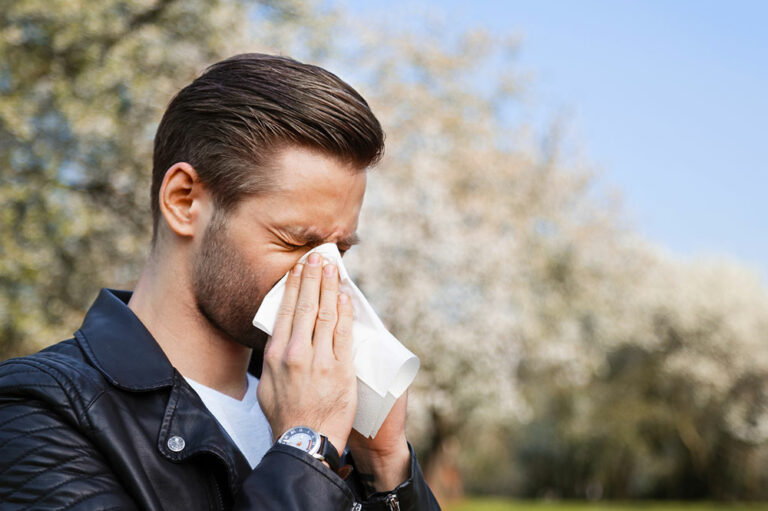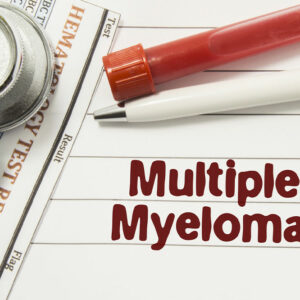
8 mistakes to avoid when visiting the doctor
Scheduling regular doctor appointments is essential. It helps people stay up to speed with their health status, preventive care, and timely treatments, where necessary. However, some people start to panic at the mere thought of scheduling a doctor’s appointment. But going to the doctor does not equate to bad news. In fact, attending the doctor’s consultation prepared helps one better understand one’s overall health and the necessary steps to maintain it in the future. Not being prepared Arriving at the doctor’s appointment unprepared can hinder the efficiency of the consultation. Without adequate information about an individual’s health history, symptoms, or questions, one may miss out on valuable insights and recommendations from the doctor. Before the appointment, take the time to gather relevant information, current symptoms, and any questions or concerns one has. Bring along records of any health issue history, test results, or treatment lists to provide the doctor with a comprehensive overview. Being prepared will help ensure a productive and informative consultation. Withholding information Failing to disclose important information to the doctor could be a mistake . It compromises the accuracy of the diagnosis and the treatment plan. Whether it’s omitting details about one’s prior conditions, lifestyle habits, or symptoms, withholding information can lead to misdiagnosis or inappropriate treatment.
Read More 











